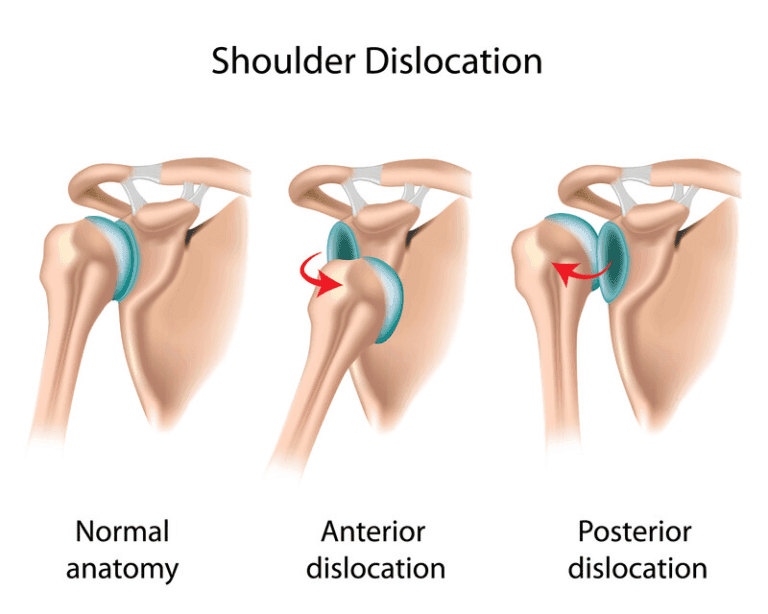Insights into Shoulder Instability
The shoulder is the most mobile joint in the human body, allowing you to lift, rotate, and reach with your arm in various directions. However, this extensive range of motion can also make the shoulder susceptible to instability. Chronic shoulder instability occurs when the head of the upper arm bone frequently slips out of the shoulder socket, often due to previous dislocations or injuries.
Anatomy of the Shoulder
The shoulder consists of three main bones:
- Humerus: Upper arm bone
- Scapula: Shoulder blade
- Clavicle: Collarbone
The head of the humerus fits into a shallow socket in the scapula called the glenoid. The shoulder’s stability is maintained by the shoulder capsule (a system of ligaments), tendons, and muscles that keep the humerus centred in the glenoid socket.
What is Shoulder Instability?
Shoulder instability happens when the ball of the upper arm partially or completely dislocates from the socket. A partial dislocation is called a subluxation, while a complete dislocation means the ball has come entirely out of the socket. Repeated dislocations can lead to chronic shoulder instability, where the shoulder becomes persistently loose and prone to slipping out of place.
Causes of Shoulder Instability
There are three primary causes of shoulder instability:
- Shoulder Dislocation: Often due to a severe injury or trauma, dislocations can damage the ligaments and cartilage (labrum) around the shoulder socket, leading to a condition known as a Bankart lesion.
- Hyperlaxity: Some individuals have naturally looser ligaments, which can lead to instability even without previous dislocations. This is common in people engaged in sports or activities requiring repetitive overhead motion, such as swimming, tennis, and volleyball.
- Multidirectional Instability: In rare cases, individuals may experience instability without any prior injury, with the shoulder dislocating in multiple directions due to inherently loose ligaments.
Symptoms of Chronic Shoulder Instability
Common symptoms include:
- Repeated shoulder dislocations
- The sensation of the shoulder feeling loose or slipping in and out of the joint
- Pain in the shoulder, especially during activities
Diagnosis and Treatment
A thorough medical history and physical examination are crucial for diagnosing shoulder instability. Specific tests and imaging, such as X-rays and MRI scans, help confirm the diagnosis and identify any associated injuries.
Non-Surgical Treatment
Initially, chronic shoulder instability is treated with non-surgical methods, including:
- Activity Modification: Avoiding activities that aggravate the symptoms
- NSAIDs: Medications like aspirin, ibuprofen, and naproxen to reduce pain and swelling
- Physiotherapy: Exercises to strengthen the shoulder muscles and improve stability
Surgical Treatment
If non-surgical treatments are ineffective, surgery may be necessary to repair the damaged ligaments and restore stability. Surgical options include:
- Arthroscopy: A minimally invasive procedure using a tiny camera and instruments to repair soft tissues in the shoulder
- Open Surgery: In some cases, an open surgical procedure may be required for a more comprehensive repair
Rehabilitation
Post-surgery, the shoulder may be immobilised with a sling, followed by a structured rehabilitation programme to restore range of motion and strengthen the shoulder. Adherence to the rehabilitation plan is crucial for a successful recovery and return to normal activities.
Conclusion
Chronic shoulder instability can significantly impact daily activities and quality of life. With appropriate treatment, including physical therapy and, if necessary, surgical intervention, individuals can achieve improved shoulder stability and function. Consulting with a healthcare professional is essential for diagnosing and treating shoulder instability effectively.





